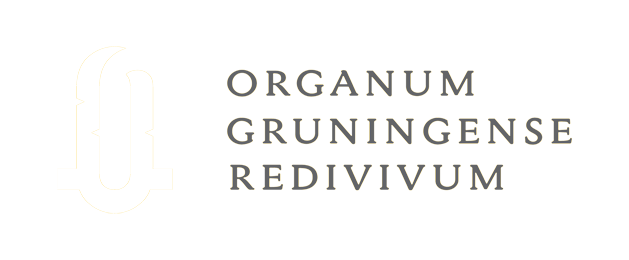 enEnglisch
enEnglischThe castle chapel - an artistic marvel
Before the installation of the organ Duke Heinrich Julius had the chapel interior decorated. We possess a fairly complete description of its furnishings, paintings and the sculptures which he had realized. Here too the Duke wanted unparalleled artistic richness. Many frescos illustrating passages of the Old and New Testament could be admired here. The pulpit and the altar were of marble. Above the altar beside a painting showing the creation of the world was a remarkable painting by Adam Offinger showing the crucifixion. Offinger was a pupil of Lucas Cranach the Younger. He entered the service of Duke Heinrich Julius since 1580. Today this picture is one of the rare testimonies to the pictoral richness of the chapel and can be seen in the church at Hasserode/ Harz.
After the death of the Duke (1613) and after the end of the Thirty Years War (1648) many people came from far away to admire the chapel, the organ and a giant wine barrel. This wine barrel was built in rivalry with the most famous German princely courts by Michael Werner - its volume was 137050 litres - its price 6000 Reichsthaler. This ensemble was considered as one of the wonders of the world. The description of these remarkable items is known thanks to the Gröningen vicar Johann Georg Leuckfeld’s chronicle which appeared in 1710 and is the most comprehensive and the most informative. Its title is “Antiquitates Gröningense oder Historische Beschreibung der vormaligen Bischöflichen Residenz Gröningen“. This and other descriptions and booklets were intended for the visitors and one could learn, that the Gröningen instrument with its 59 stops, was the most complete and richly decorated organ in Germany.



